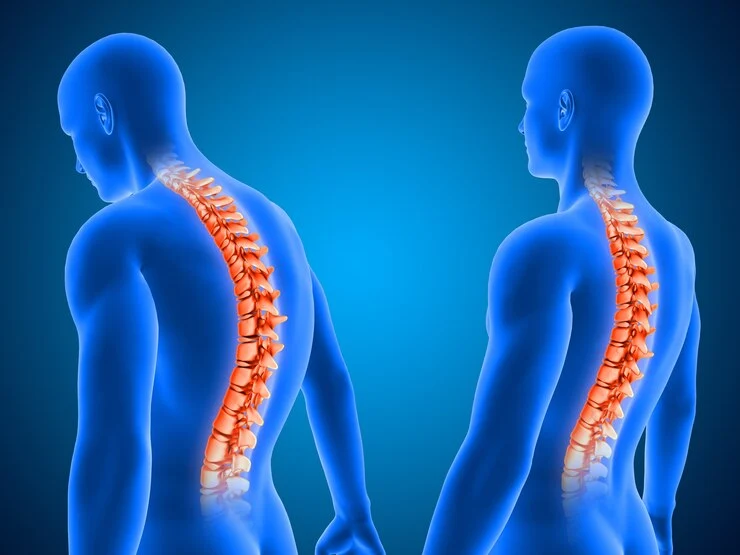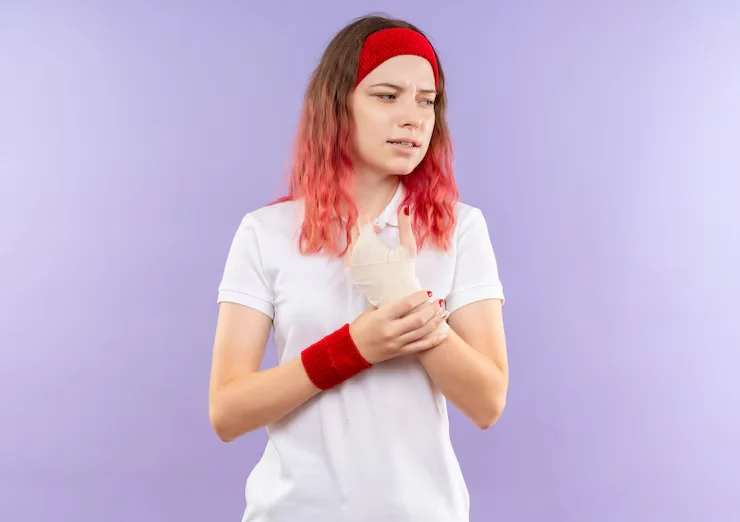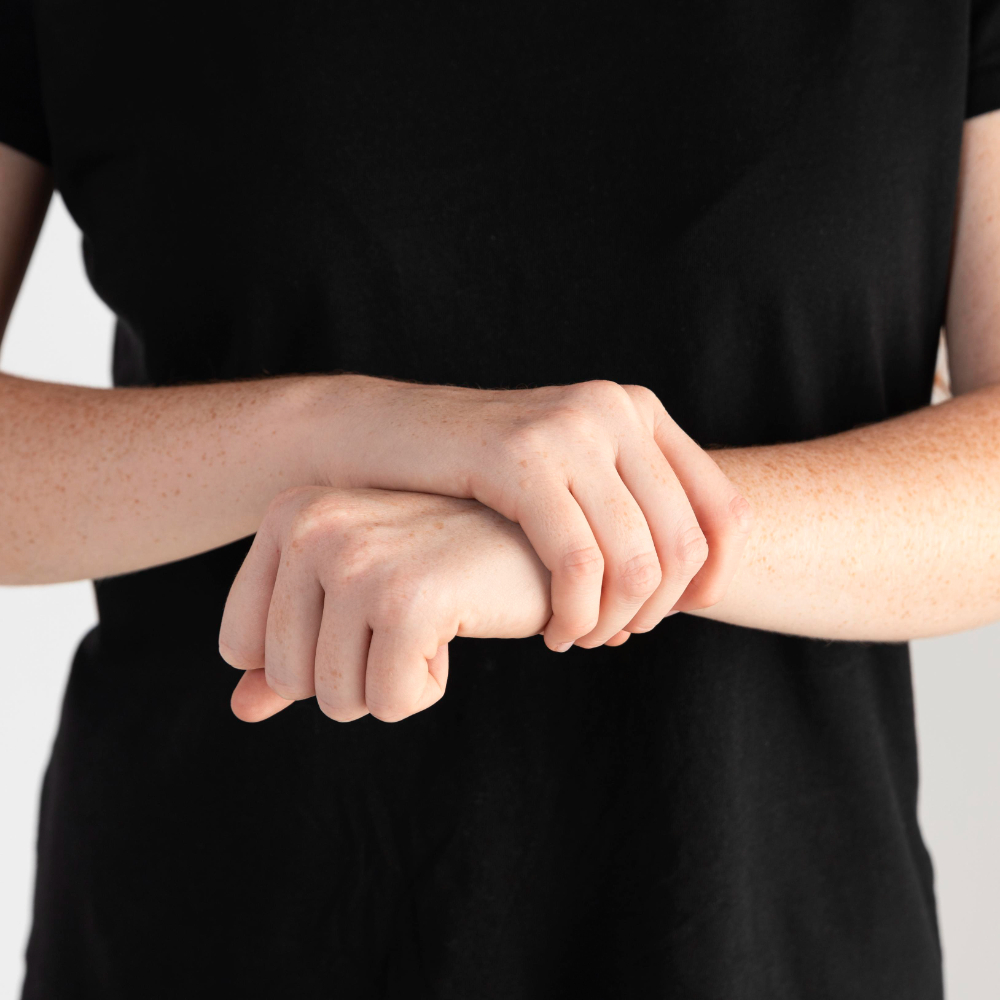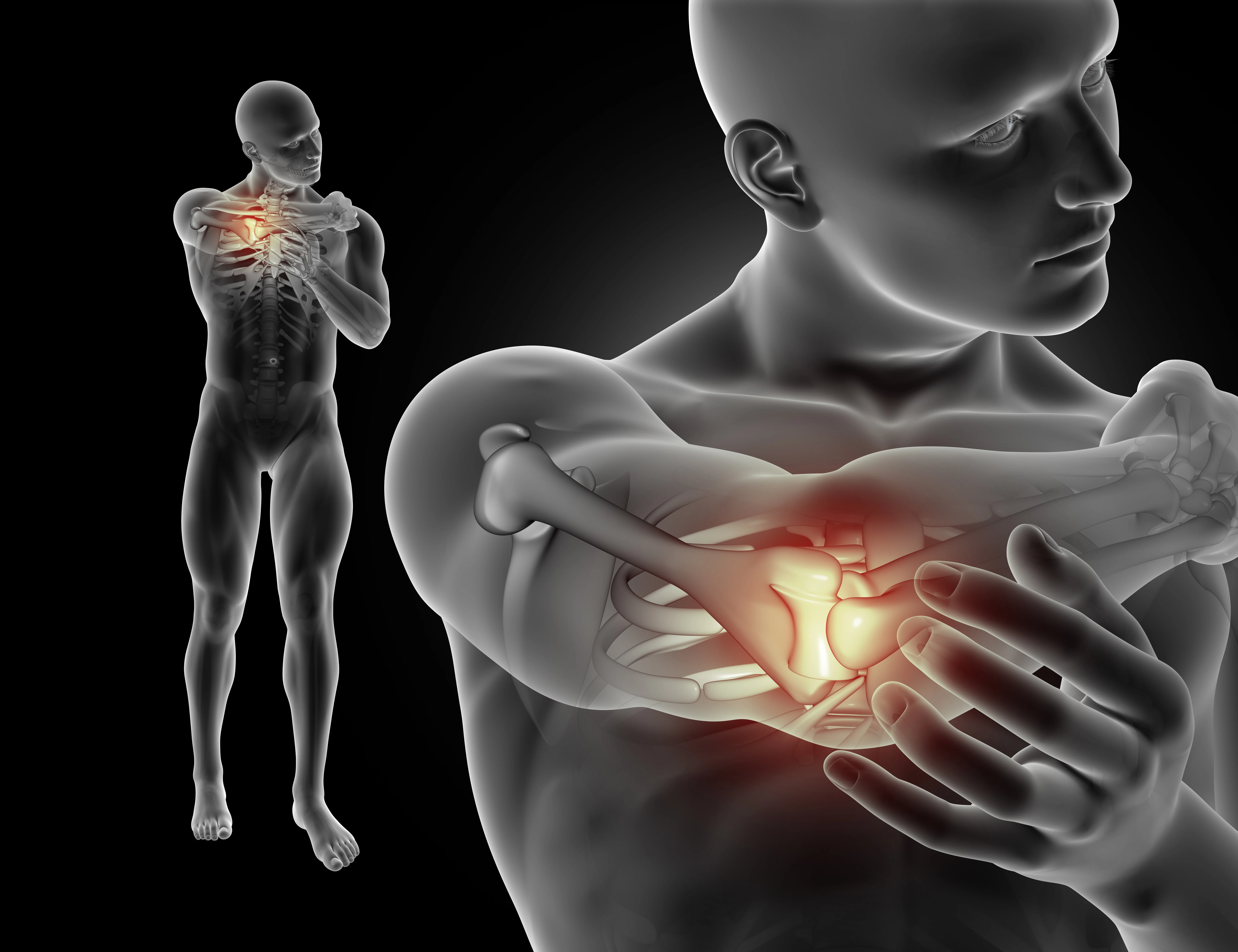How To Treat A Sprained Thumb
Category: Blogs
A sprained thumb can be a painful and limiting injury, often resulting from activities that put excessive stress on the thumb joint, such as sports, falls, or even day-to-day tasks. A sprained thumb makes even simple tasks like texting, holding a cup, or writing a challenge difficult. At Lokmanya Hospital, we ensure that you receive top-tier care to help you recover quickly and return to your daily activities.
What is a Sprained Thumb?
A sprained thumb occurs when the ligaments—the connective tissues that hold bones together in the joint—are overstretched or torn. The thumb joint is highly functional, used in gripping and fine motor skills, making it prone to injury during various activities. A sprain can happen when you put excessive pressure on the thumb, for example, during a fall, sports activities like football or basketball, or even while engaging in heavy lifting or forceful movements.
Symptoms of a Sprained Thumb
The symptoms of a sprained thumb typically include:
- Pain and tenderness around the joint, especially when moving the thumb.
- Swelling around the base of the thumb joint.
- Bruising that might appear in more severe sprains.
- Limited range of motion, making it hard to perform daily tasks.
- Instability or weakness in the thumb if ligaments are severely damaged.
If you experience these symptoms, it's best to seek medical attention to prevent long-term damage and to determine the best treatment options.
How to Treat a Sprained Thumb
The treatment for a sprained thumb typically follows a simple approach known as the R.I.C.E. method, which stands for Rest, Ice, Compression, and Elevation. Let's look at each step in detail:
- Rest: Giving your thumb proper rest is essential in the first few days after injury. Avoid any activities that can aggravate the injury, including heavy lifting or sports. A splint or brace can help restrict movement, allowing the ligaments to heal properly. Rest prevents further damage and accelerates the recovery process.
- Ice: Applying ice to the affected area can help reduce swelling and numb the pain. Use an ice pack wrapped in a thin cloth and apply it to your thumb for 15-20 minutes every few hours during the first 48 hours after injury. Never apply ice directly to the skin, as it can cause frostbite.
- Compression: Wrapping your thumb with an elastic bandage can help control swelling. Be sure not to wrap it too tightly, as this could impede blood flow. Compression provides support to the thumb and helps prevent excessive swelling.
- Elevation: Elevating the thumb above the level of your heart, especially in the first few days, helps reduce swelling. Resting with your hand propped up on pillows or other support can significantly reduce the amount of swelling around the thumb.
Additional Treatments For Severe Sprains
In cases where the thumb sprain is severe, or if the R.I.C.E. method does not provide sufficient relief, additional treatments may be required:
- Anti-inflammatory Medications: Over-the-counter (OTC) medications like ibuprofen or acetaminophen can help reduce inflammation and alleviate pain.
- Physical Therapy: If the sprain causes significant loss of mobility, a physical therapist can guide you through gentle exercises to regain strength and flexibility in the thumb joint.
- Steroid Injections: In more severe cases, a doctor might recommend corticosteroid injections to reduce inflammation and ease pain.
- Surgical Intervention: Although rare, in the case of a torn ligament that doesn't heal with conservative treatment, surgery may be necessary to repair the damaged ligaments.
When to Seek Medical Help
If you suspect a sprained thumb, it's important to consult with a medical professional to determine the extent of the injury. Visit a hospital like Lokmanya Hospital for expert care, especially if:
- Your thumb is visibly deformed or misaligned.
- You experience intense pain that doesn't improve with over-the-counter painkillers.
- There is significant swelling, bruising, or difficulty moving the thumb.
- You’re unable to perform normal tasks due to pain or stiffness.
A healthcare professional will perform a physical examination and may recommend an X-ray to rule out fractures.
Why Choose Lokmanya Hospital for Sprained Thumb Treatment?
Lokmanya Hospital is a leading healthcare provider in Pune, specializing in orthopedics and musculoskeletal injuries. With state-of-the-art medical facilities, a team of expert doctors, and cutting-edge diagnostic tools, they ensure the best care for sprains and other injuries. Whether it's a sprained thumb or a more complex injury, Lokmanya Hospital provides personalized treatment to ensure a smooth and speedy recovery. The hospital’s compassionate staff and patient-first approach ensure that you receive the attention you need.
Conclusion
A sprained thumb, while painful, can be effectively treated with the right approach and care. Rest, ice, compression, and elevation are the foundational steps to managing the injury, but more severe sprains may require professional intervention. If you’re experiencing a sprained thumb, don’t hesitate to visit Lokmanya Hospital for expert care. With prompt treatment and appropriate recovery measures, you’ll be able to resume your normal activities in no time.
FAQs
- How do I know if my thumb is sprained or fractured?
A sprain involves ligament damage, while a fracture affects the bone. If there’s severe pain, swelling, and an inability to move the thumb, consult a doctor for an X-ray to confirm the injury. - Can I continue working with a sprained thumb?
It’s best to avoid activities that strain the thumb, as rest is crucial for healing. Light tasks may be possible, but avoid any movement that causes pain. - How long does it take for a sprained thumb to heal?
Healing time depends on the severity of the sprain. Minor sprains may take 1-2 weeks, while more severe sprains can take 4-6 weeks. - Should I wear a splint for a sprained thumb?
Wearing a splint can help limit movement and provide support during the healing process. It is especially useful in the early stages of recovery. - What exercises can help after a thumb sprain?
After the initial healing period, gentle stretching and strengthening exercises can help restore full range of motion and strength. Consult a physical therapist for personalized exercises. - Can I apply heat to a sprained thumb?
Heat should be avoided in the first 48 hours after the injury as it can increase swelling. After that, heat therapy may help with muscle relaxation and pain relief.
Previous blog







